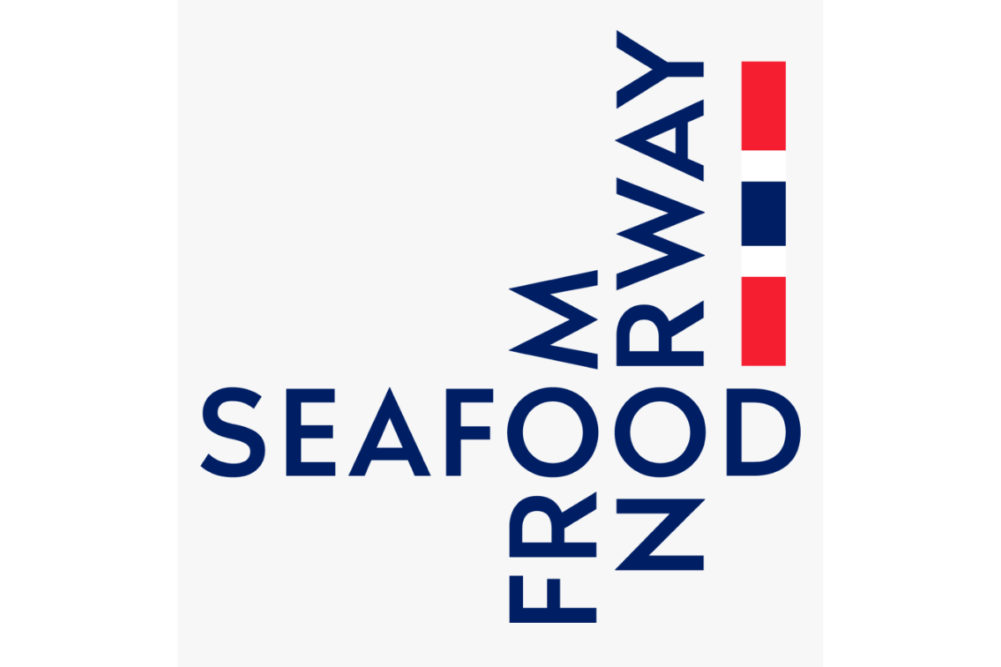KANSAS CITY, MO. - Spring 2020 marked the 50th anniversary of the first-ever successfully farmed salmon in Norway.
On May 28, 1970, off the coast of Norway, brothers Ove and Sivert Grøntvedt installed their floating open net pen in Norway’s cold and clear waters, said Anne-Kristine Øen, US director for the Tromso-based Norwegian Seafood Council.
Norway was the first, and remains the largest, Atlantic salmon farming nation, producing more than half of the world’s farmed salmon.
Salmon farming has come a long way since 1970, and today Norwegian salmon is a global commodity. Every day, Øen said, 14 million meals of Norwegian farmed salmon are enjoyed on dinner tables and in restaurants across the world.
One million of the 14 million meals of Norwegian salmon are consumed in the United States, as well as many other species of Norwegian seafood.
“Norwegian seafood is a safe, sustainable option that provides a delicious way to add nutrition, variety and flavor to diets to help consumers feel good about what they are consuming,” Øen said.
In an exclusive Q and A, Øen discussed the past, present and next 50 years for the Norwegian industry and its commitment to sustainability.
Supermarket Perimeter: What is SFN doing to celebrate the 50th anniversary?
Øen: The planned celebratory event with the Norwegian industry was postponed due to the Covid-19 pandemic. Next spring, which will be the 50th anniversary of the first harvest of farmed Atlantic salmon, there will hopefully be a celebration where some of the salmon farming pioneers and industry leaders come together to mark the occasion. The anniversary is an opportunity to look back at past challenges and achievements, and to look forward.
SP: How has salmon farming in Norway changed over the decades?
Øen: Over the course of 50 years of salmon farming, Norwegian salmon has become the most popular fish in the world (most preferred species and country of origin, SCI 2020). It was May 1970 when brothers Ove and Sivert Grøntvedt released what was to become the first successful generation of farmed salmon into their floating sea pen, which laid the foundations for modern aquaculture in Norway and abroad. The first generation of farmed salmon was harvested in 1971, and this launched Norwegian aquaculture into a pattern of rapid growth.
In subsequent years, Norway passed laws regulating the quality and fish welfare on salmon farms. Throughout the 1980s, salmon farms along the entire Norwegian coastline began to appear. Salmon from Norway is becoming increasingly popular among consumers in the US and Europe.
Between 1986 and 1991 the introduction of Norwegian salmon in Japanese sushi creates an export boom to Japan.
SP: Specifically looking at sustainability, how have those standards/expectations/practices changed?
Øen: As the world looks to more sustainable food production, modern aquaculture technology stands out as a major contributor both to meeting the ever-increasing demand for proteins, and as part of the solution to battling climate change.
Today’s consumers are more aware of where their food is being produced than ever before; according to 2020 International Food Information Council (IFIC) research, 60% want to know all about the food’s journey. In fact, many companies within the food industry are becoming more transparent with their practices and the origin of their food. The desire to know where food comes from is becoming more popular also with seafood. Consumers want to ensure that the seafood they are purchasing is sustainable and from a reputable place. Grocery retailers and producers have a tremendous opportunity to showcase where, how and why food is produced today.
In the world of sustainably conscious consumers, we are now able to tell the whole story. IFIC research indicates that 59% of consumers believe there is a general threshold of sustainable quality that products should meet; we know foods from certain regions are perceived as safer than others.
It is very important to us that consumers know that they can trust Norwegian seafood. To maintain our high safety standards, the Scientific Committee for Food Safety conducts regular risk assessments, while the Norwegian Food Safety Authority introduces new measures and guidelines to ensure that Norwegian seafood is always safe and enjoyable to eat.
We rely on many different organizations to ensure that we are practicing safe, sustainable fishing and aquaculture in Norway and the Norwegian model means full transparency and collaboration between industry, research institutions and regulative bodies.
Norway is one of consumers’ most trusted sources for seafood because of the national commitment to sustainability. According to Datassential, 38% agree that origin matters, especially when it comes to the quality of the product they are purchasing.
SP: What about the Norwegian salmon industry excites you most in the coming years?
Øen: Modern aquaculture is still a relatively young industry, but its importance to global food security and meeting climate change challenges is massive. The Norwegian salmon industry are continuously pushing boundaries in technology, and there are so many exciting developments happening in areas such as feed composition, farm design, sustainability and product development. All this is really exciting, and we believe the industry can be a driving force for sustainable food production and increased seafood consumption across the world.
This story was featured in the August issue of Supermarket Perimeter. Check out the full issue here.

